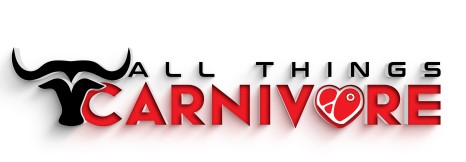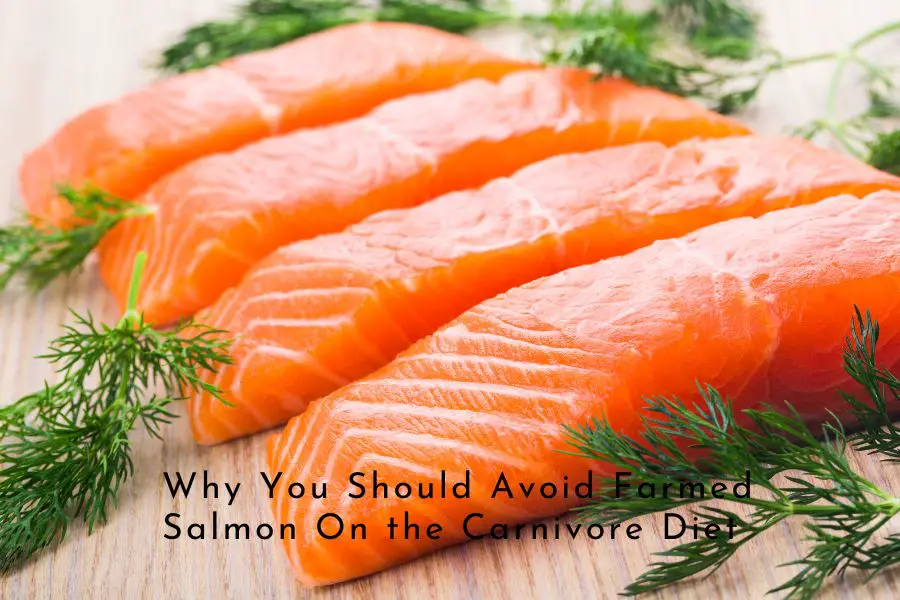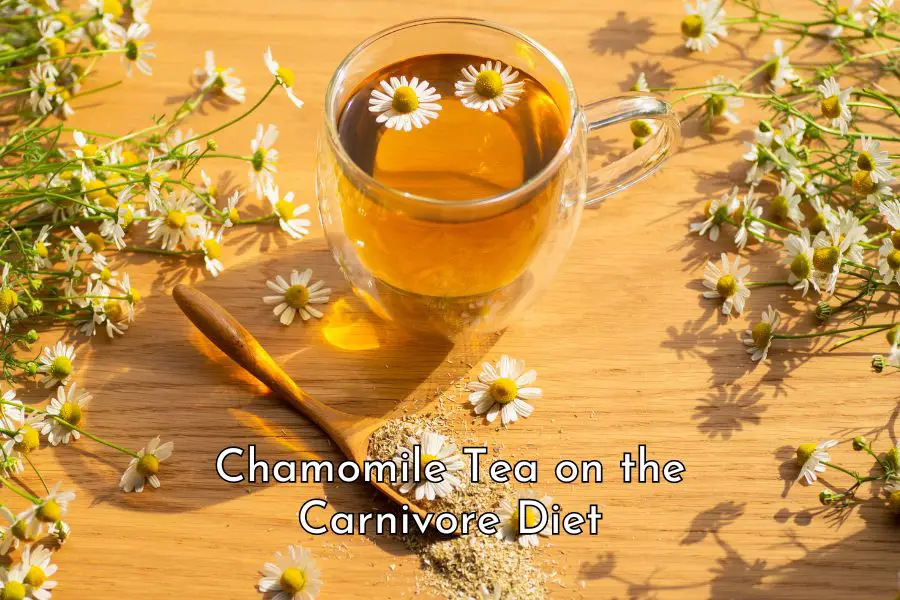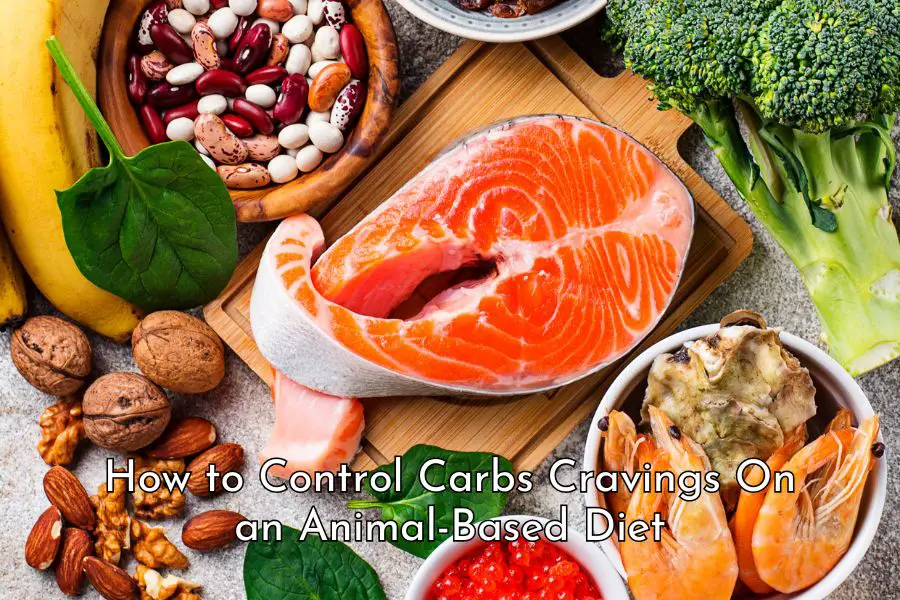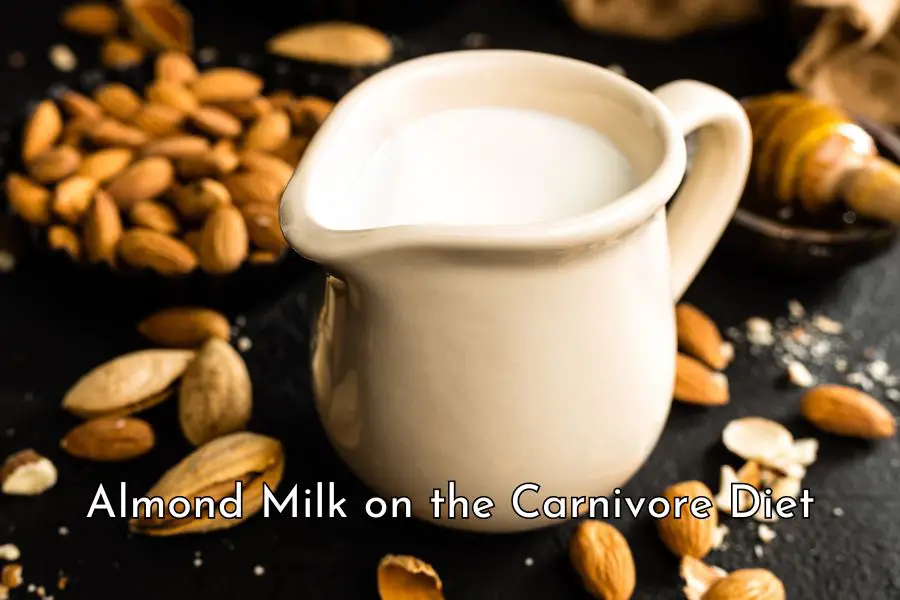Salmon is nutritious, delicious, and an excellent source of omega-3 fatty acids. If you’re a fan of salmon, read on to discover why you should consider choosing wild-caught salmon over the farmed variety.
While wild-caught salmon boasts clear nutritional advantages over its farmed counterpart, it often comes with a higher price tag, making it less accessible to everyone. However, there are alternative and more affordable sources of omega-3 fatty acids for those seeking to boost their intake without breaking the bank.
What Is Wild-Caught Salmon?
Wild-caught salmon refers to salmon that is captured or harvested from their natural habitats, such as oceans, rivers, and lakes, as opposed to being raised in aquaculture farms.
Wild salmon eat a species-appropriate diet based on their natural prey (e.g. zooplankton, insects, amphibians, crustaceans, and small fish) and exercises in their natural environments. They are not fed fish meal and additives or treated with antibiotics. As a result, wild salmon is generally leaner and potentially more nutritious compared to their farm-raised counterparts. [1, 2]
Wild salmon typically have a natural lifespan ranging from 3 to 8 years. They begin their lives in freshwater, spend their adult years at sea, and ultimately return to their freshwater birthplace to spawn. [3]
Wild-caught salmon is often sought after for their rich flavor, vibrant color, and higher levels of omega-3 fatty acids, making them a popular choice for those seeking a healthy and sustainable source of seafood. [4]
Despite their better living conditions and natural diet, wild-caught salmon can still contain high levels of contaminants if their water source is polluted.
The chemicals we use in products such as cosmetics, sunscreen, shampoos, soap, detergent, cleaning agents, insect spray, weed killers, pesticides, and insecticides eventually find their way into ponds, lakes, rivers, and oceans and end up in salmon meat.
If there are also industrial and agricultural pollution present, the problem can get even worse, leading to significant levels of contaminants like polychlorinated biphenyls or PCBs (highly carcinogenic chemical compounds) in wild-caught salmon. [5]
What Is Farmed Salmon?
Farmed salmon refers to salmon that is raised in controlled environments, such as aquaculture farms, rather than being caught in the wild.
Typically, farmed salmon are initially raised in controlled freshwater environments for approximately one year before being transferred to seawater cages. They are then harvested at around three years of age once they have reached the desired size. [6]
Farmed salmon are bred and reared in pens or tanks, and their diet, living conditions, and growth are carefully managed by farmers. This controlled environment allows for a consistent and readily available supply of salmon throughout the year, meeting increasing consumer demand and aiming to reduce the pressure on wild salmon populations.
Why You Should Avoid Farmed Salmon on the Carnivore Diet?
Farmed salmon, although a great source of nutrients, is not as healthy as you might think.
First of all, farmed salmon is fed an unnatural diet. Salmon are carnivore and in the wild they would eat other small animals such as insects, amphibians, small fish, and crustaceans. In aqua-farms, however, they are fed fish pellets made from seafood and supplemented with chicken meal, chicken oil, other land animals, and increasingly plant-based food (grain and protein meal and vegetable oil). [7]
Between 2000 and 2016, the Norwegian salmon aquaculture industry cut its shares of marine protein in feed from 33.5% to 14.5% and marine oils from 31.1% to 10.4%, and increased the shares of plant proteins from 22.2% to 40.3% and terrestrial oils from 0 to 20.2%.
Naylor et al (2021)
Dry pellets fed to salmon can contain as much as 70% vegetable ingredients, including soy, sunflowers, rapeseed, corn, broad beans, and wheat. And guess what, the polyunsaturated fatty acids (PUFAs) from the salmon’s diet will ultimately accumulate in the salmon fillets we consume. This is highly undesirable because when we eat these salmon, we’ll also accumulate the PUFAs in our body fat too. [8, 9]
Furthermore, the disparity between their natural diet in the wild and what they are fed in aqua-farms results in the flesh of farmed salmon turning grey. To rectify this, farmers use colorings such as astaxanthin and canthaxanthin to impart a pink hue to the flesh. It’s worth noting that canthaxanthin has been associated with retinal damage in humans. [10, 11]
Lastly, salmon are raised in poor conditions. They are usually crammed in small enclosures with 5,000 to 50,000. While wild salmon can travel thousands of miles during their lifetime, farmed salmon spend their entire life in confinement. [12]
Due to their unfavorable living conditions and unnatural diet, farmed salmon often suffer from illnesses such as sea lice and bacterial infection. They are commonly treated with antibiotics and regularly receive vaccine injections. [13]
For instance, in 2022, Tassal, the largest salmon company in Tasmania, Australia, used 675 kg of a broad-spectrum antibiotic, oxytetracycline, to address a bacterial outbreak in its farms. The company then attempted to prevent the release of a report on its antibiotic use by the Tasmanian Environment Protection Authority. In 2020, the company also used 1.3 tonnes of antibiotics to manage another outbreak, which it preferred to keep hidden from the public. [14, 15]
As a result of poor diets, health and living conditions, farmed salmon have been found to contain a substantially higher level of contaminants compared to wild salmon. [16, 17, 18, 19, 20]
Seven of ten farmed salmon purchased at grocery stores in Washington DC, San Francisco, and Portland, Oregon were contaminated with polychlorinated biphenyls (PCBs) at levels that raise health concerns… farmed salmon are likely the most PCB-contaminated protein source in the U.S. food supply. On average farmed salmon have 16 times the dioxin-like PCBs found in wild salmon, 4 times the levels in beef, and 3.4 times the dioxin-like PCBs found in other seafood…
Environmental Working Group
Having analyzed over 2 metric tons of farmed and wild salmon from around the world for organochlorine contaminants, we show that concentrations of these contaminants are significantly higher in farmed salmon than in wild. European-raised salmon have significantly greater contaminant loads than those raised in North and South America, indicating the need for further investigation into the sources of contamination. Risk analysis indicates that consumption of farmed Atlantic salmon may pose health risks that detract from the beneficial effects of fish consumption.
Hites et al (2004)
A study found that consuming just one meal per month of heavily contaminated farmed Atlantic salmon from Scotland, the Faroe Islands, Norway, and European markets can subject the consumer to dioxins and dioxin-like compound intake surpassing the limits established by governing bodies such as the World Health Organization. In contrast, reaching a similar level of contamination by eating the least contaminated wild-caught salmon would require more than 4 to 16 meals per month. [21]
Alternative Sources of Omega 3 Fatty Acids
Salmon is one of the most popular fish choices today. However, with farmed salmon estimated to make up 75% of the total salmon supply, finding wild-caught salmon can be challenging and often comes at a significantly higher cost than farmed salmon. [22]
If you can’t find or can’t afford wild-caught salmon but are seeking ways to increase your intake of omega-3 fatty acids, animal brains and animal fats, especially those from grass-fed animals, serve as excellent sources of these essential nutrients.
| Nutrients per 100g | Omega 3 (mg) | Omega 6 (mg) | Omega 6 to Omega 3 |
|---|---|---|---|
| Beef brain | 1,225 | 41 | 0.0 |
| Beef fat | 1,070 | 1,490 | 1.4 |
| Lamb fat | 798 | 1,652 | 2.1 |
| Pork brain | 790 | 90 | 0.1 |
| Lamb brain | 620 | 30 | 0.0 |
| Beef tallow | 600 | 3,100 | 5.2 |
| Ground lamb | 420 | 1,360 | 3.2 |
Animal brains and animal fats are typically available at a much lower price point than both farmed and wild salmon.
If you are not into organ meat or eating animal fats on your carnivore diet, try to get meat cuts with generous white marbling and you should be fine.
Other posts you might be interested in:
Can the Carnivore Diet Help Fix Your Eczema?
Why the Carnivore Diet Can Improve Your Eye Health
Can the Carnivore Diet Reverse Type II Diabetes?
Can the Carnivore Diet Fix Psoriasis?
Can the Controversial Carnivore Diet Help Treat Gout?
Can the Carnivore Diet Treat Autoimmune Diseases?
What Is the Best Meat to Eat on the Carnivore Diet?
Disclaimer: The information in this post is for reference purposes only and is not intended to constitute or replace professional medical advice. Please consult a qualified medical professional before making any changes to your diet or lifestyle. Please check out our disclaimer for more detail.
